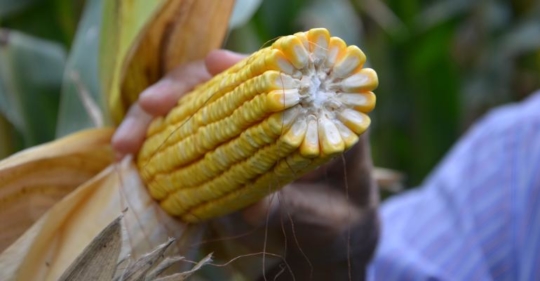Explore our blog featuring articles about farming and irrigation tips and tricks!
How Kernel Fill Impacts Final Corn Yield

By: Tom J Bechman
A year ago, many farmers were pleasantly surprised at harvest. Yields were often better than expected. Many people attributed the strong yields to ideal weather for grain fill, including cool nights. Corn seems to do best with lower nighttime temperatures during the grain fill period.
“When it’s warmer at night than corn likes, plants use energy for respiration, which means there is less photosynthates left for kernels,” says Dave Nanda, a former plant breeder who is now an independent crops consultant based in Indianapolis. “Cooler nights, such as those in late summer in 2017, are ideal for grain fill.”
A scenario with cooler nights typically results in plumper kernels. When doing yield estimates for such a scenario, use a smaller “fudge factor,” because it takes fewer kernels to fill a bushel basket. The result is higher yield.
Yield examples
Here’s an example using a yield check in late August of this year in a representative corn field. Calculations use the standard yield formula explained in the Purdue University Corn and Soybean Field Guide.
Stay up to date on all T-L news and get alerts on special pricing!


